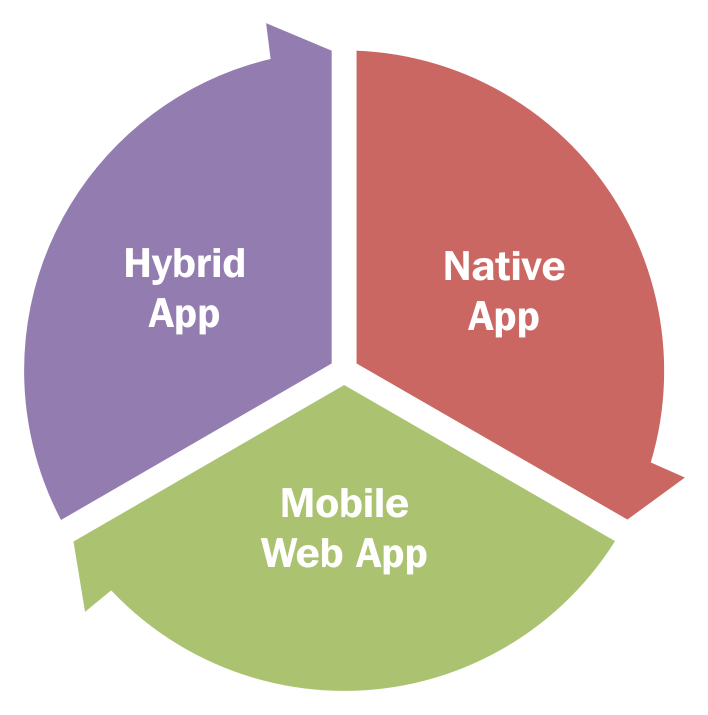The mobile app market is huge, and it will increase further. Approximately, there are 2 billion smartphone devices worldwide, which is more than two times the number of personal computers in the world. A report (for more information, visit https://www.statista.com/topics/1002/mobile-app-usage/) shows that more than 102 billion apps have been downloaded worldwide, and the number is expected to reach 268 billion by 2017. According to one of the reports (for more information, visit http://www.statista.com/statistics/269025/worldwide-mobile-app-revenue-forecast/), the worldwide mobile revenue for 2015 amounted to $41.1 billion and is expected to reach $101.1 billion by 2020.
With all these promising growth numbers and trends, learning mobile app development and testing will be worth it and will have a huge demand.
In this chapter, we will cover the following topics:
- Types of mobile apps
- Native App
- Mobile Web app
- Hybrid App
- Appium Architecture
- What is XCUITest
- What is UiAutomator 2
Let's take a look at mobile apps, which form this ecosystem, and how they are broadly categorized based on the way they are developed:

Let's understand the different types of mobile apps.
The mobile world is majorly dominated by two operating systems: iOS and Android. Most apps are made for both the platforms given the user base. In this chapter, we will take a detailed look at the following:
- Native app, mobile web, and hybrid app
- The characteristics of each type of app
- A sample example app of each type


